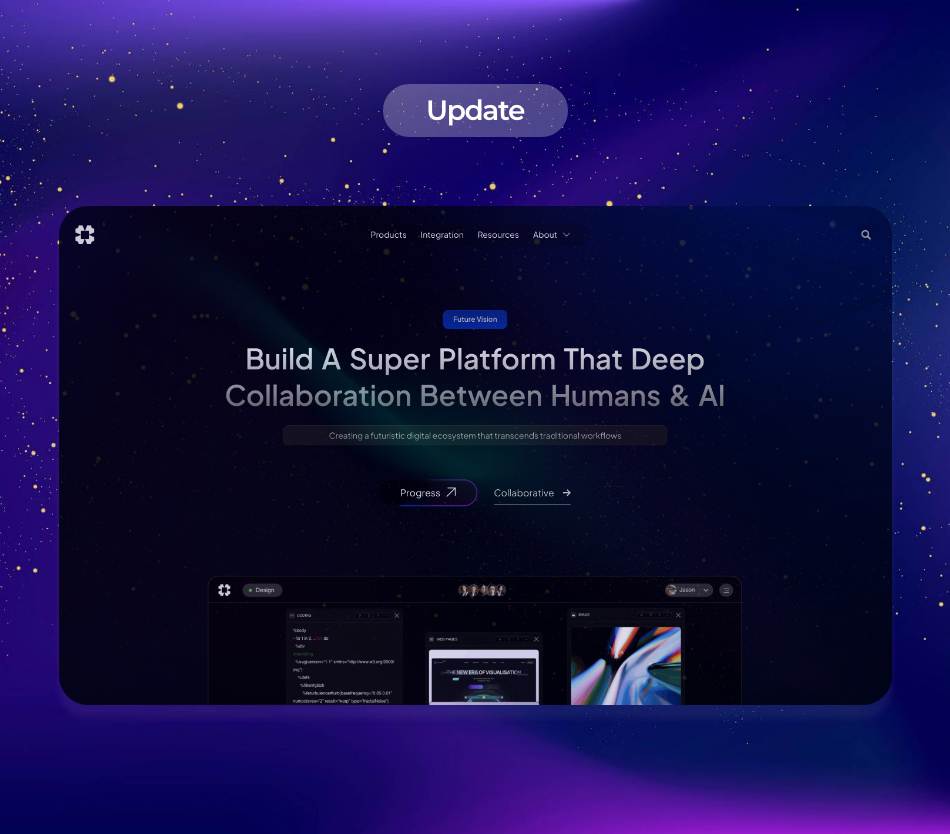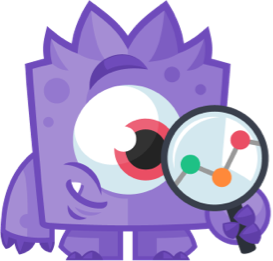In recent years, the integration of artificial intelligence (AI) into various industries has revolutionized traditional practices, particularly in finance and design. This article delves into the latest trends, updates, and applications of Natural Language Processing (NLP), AI in finance automation, and AI-assisted design tools, highlighting their transformative impact on these sectors.
Natural Language Processing (NLP) has emerged as a cornerstone of AI technology, enabling machines to understand, interpret, and generate human language. This capability is crucial in industries where communication plays a pivotal role. In finance, for instance, NLP is being utilized to analyze vast amounts of unstructured data, such as news articles, social media posts, and financial reports. By extracting valuable insights from this data, financial institutions can make informed decisions, manage risks, and enhance customer service.
One of the most significant trends in NLP is the development of advanced algorithms that can comprehend context and sentiment. These algorithms allow financial analysts to gauge market sentiment by analyzing the tone of news articles or social media discussions. For example, a sudden spike in negative sentiment towards a particular stock can signal potential risks, prompting traders to adjust their strategies accordingly. According to a report by McKinsey, companies that leverage NLP in their decision-making processes can increase their productivity by up to 25%.
The automation of financial processes is another area where AI is making significant strides. AI in finance automation encompasses a wide range of applications, from risk assessment to fraud detection. Machine learning algorithms can analyze historical data to identify patterns and anomalies, enabling financial institutions to detect fraudulent activities in real-time. For instance, JPMorgan Chase has implemented AI-powered systems that can analyze transaction data and flag suspicious activities, significantly reducing the time required for manual reviews.
Moreover, AI-driven automation is enhancing customer service in the finance sector. Chatbots powered by NLP can handle customer inquiries, process transactions, and provide personalized financial advice. These virtual assistants are available 24/7, offering customers immediate support and freeing up human agents to focus on more complex issues. A study by Juniper Research estimates that chatbots will save the banking industry over $7.3 billion annually by 2023.
In the realm of design, AI-assisted design tools are transforming the creative process. These tools leverage NLP and machine learning to assist designers in generating ideas, optimizing layouts, and improving user experiences. For instance, Adobe has introduced AI-powered features in its Creative Cloud suite, enabling designers to automate repetitive tasks and focus on more strategic aspects of their work. By analyzing user behavior and preferences, these tools can suggest design elements that resonate with target audiences, ultimately enhancing the effectiveness of marketing campaigns.
One notable application of AI in design is the use of generative design algorithms. These algorithms can analyze a set of parameters and generate multiple design alternatives, allowing designers to explore a wider range of possibilities. Autodesk’s Fusion 360, for example, uses generative design to help engineers create innovative products by simulating various design scenarios based on specific constraints. This approach not only accelerates the design process but also encourages creativity and innovation.
As AI continues to evolve, the synergy between NLP, finance automation, and design tools is becoming increasingly apparent. Financial institutions are recognizing the value of integrating AI-powered design tools into their marketing strategies. By leveraging insights from NLP, they can create targeted campaigns that resonate with their audience, ultimately driving customer engagement and loyalty.
However, the integration of AI in these industries is not without challenges. Concerns regarding data privacy, ethical considerations, and the potential for job displacement are prevalent. Financial institutions must navigate regulatory frameworks while ensuring that their AI systems are transparent and accountable. Similarly, designers must strike a balance between leveraging AI tools and maintaining their creative autonomy.
To address these challenges, industry leaders are advocating for responsible AI practices. Organizations such as the Partnership on AI are working towards establishing guidelines that promote ethical AI development and deployment. By fostering collaboration between technologists, ethicists, and policymakers, the industry can ensure that AI serves as a tool for empowerment rather than a source of concern.
In conclusion, the integration of Natural Language Processing, AI in finance automation, and AI-assisted design tools is reshaping the landscape of these industries. The ability to analyze unstructured data, automate processes, and enhance creativity is driving innovation and efficiency. As organizations continue to embrace AI, it is essential to prioritize ethical considerations and responsible practices to harness its full potential. The future of finance and design is undoubtedly intertwined with AI, paving the way for a more intelligent and responsive world.
**Sources:**
1. McKinsey & Company. (2020). “How AI is transforming the finance industry.”
2. Juniper Research. (2019). “Chatbots in Banking: The Future of Customer Engagement.”
3. Autodesk. (2021). “Generative Design: The Future of Making Things.”
4. Partnership on AI. (2021). “Guidelines for Ethical AI Development.”
























